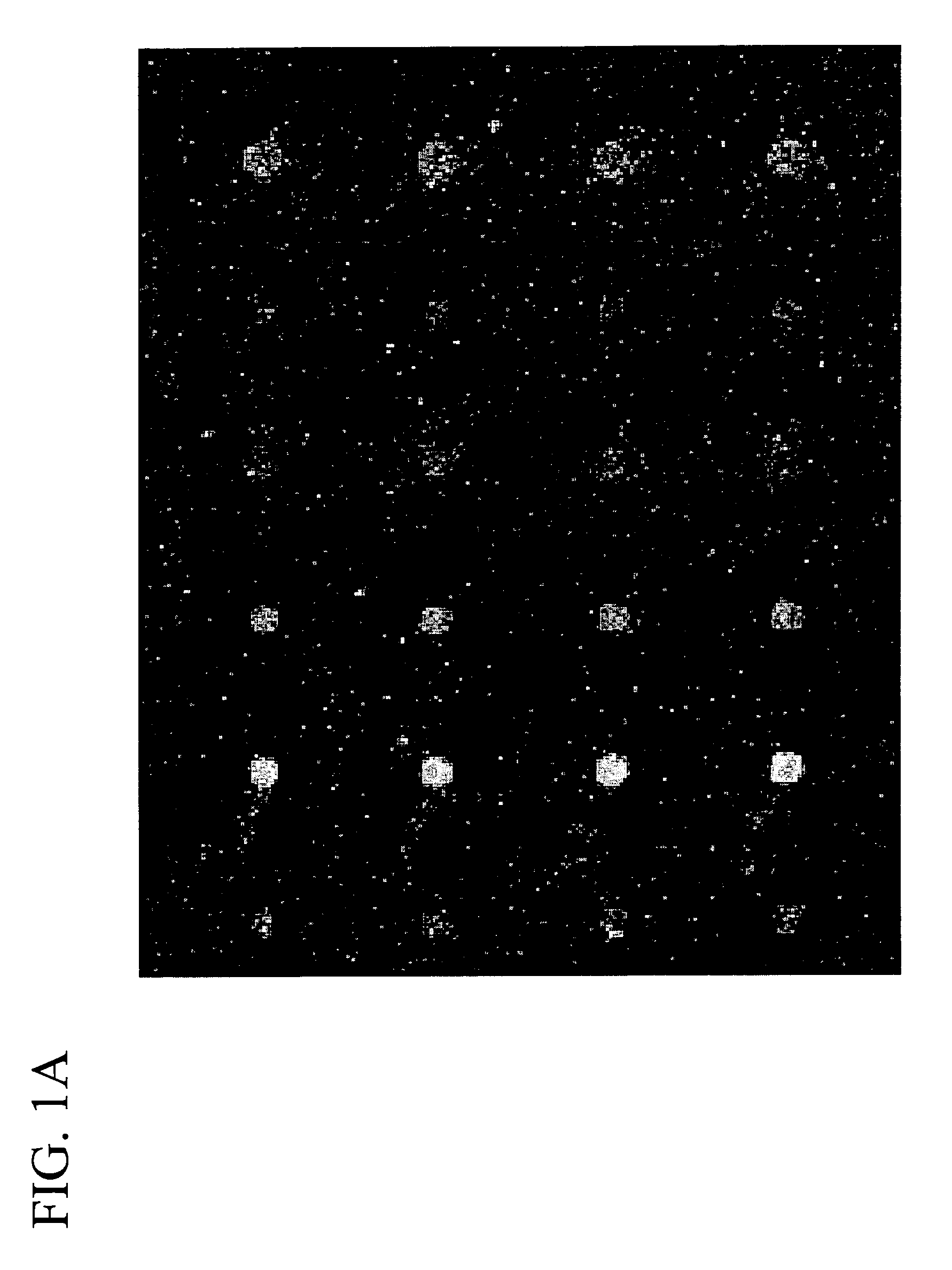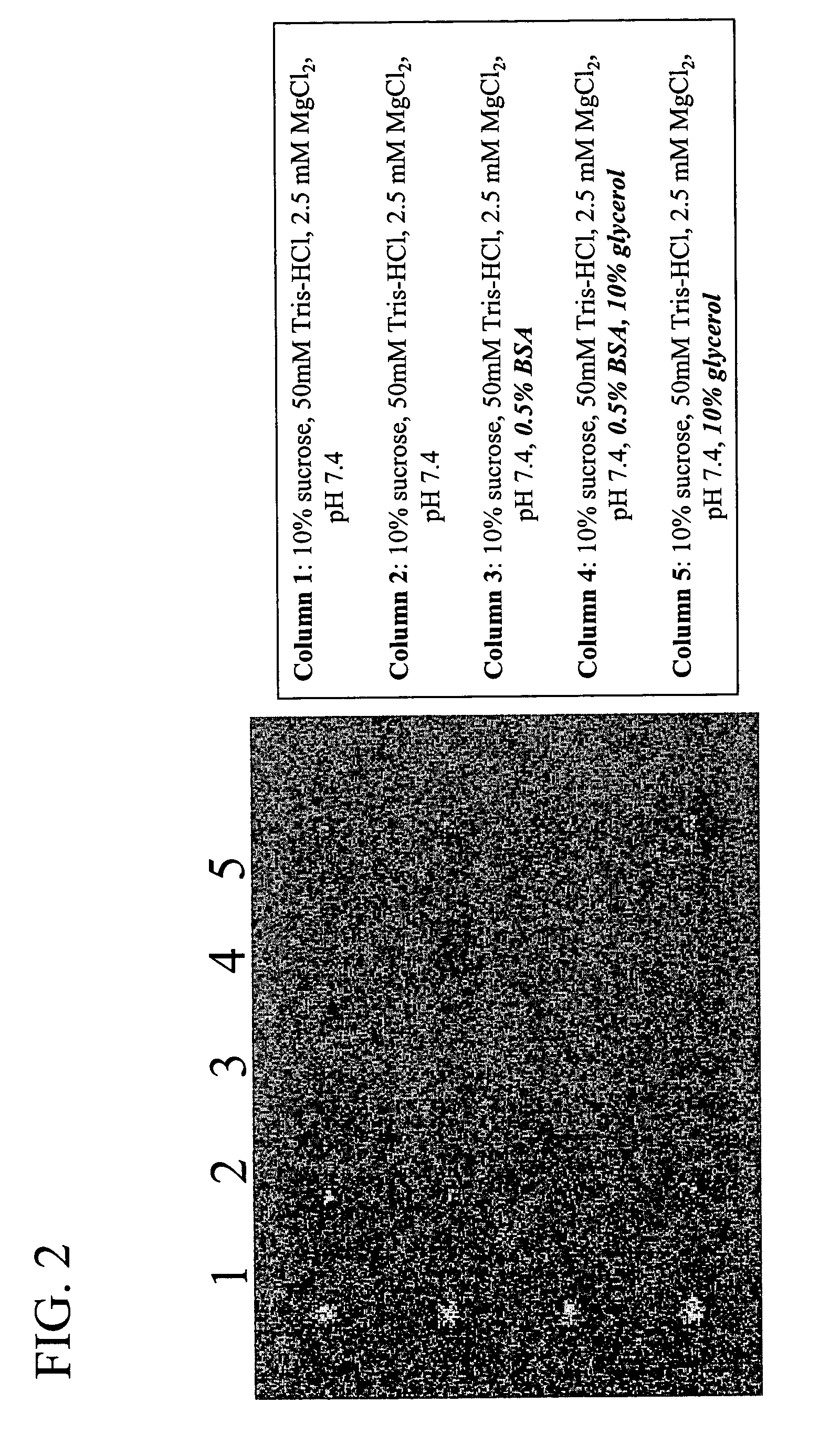Compositions & methods for reformulating biological membranes for arrays
a biological membrane and array technology, applied in the field of biological membrane arrays, can solve the problems of difficult extension of this approach to fabricate microspots of different compositions, unsatisfactory covalent immobilization of the entire membrane, and relatively difficult process for biological membrane arrays, etc., to achieve ideal morphology, low autofluorescence, and high quality and desired properties
- Summary
- Abstract
- Description
- Claims
- Application Information
AI Technical Summary
Benefits of technology
Problems solved by technology
Method used
Image
Examples
Embodiment Construction
Section I—Definitions
[0024] Before describing the present invention in detail, this invention is not necessarily limited to specific compositions, reagents, process steps, or equipment, as such may vary. As used in this specification and the appended claims, the singular forms “a,”“an,” and “the” include plural referents unless the context clearly dictates otherwise. It is also to be understood that the terminology used herein is for the purpose of describing particular embodiments only, and is not intended to be limiting. All technical and scientific terms used herein have the usual meaning conventionally understood by persons skilled in the art to which this invention pertains, unless context defines otherwise.
[0025] The term “cocktail solution” refers to a medium (e.g., buffered or aqueous solution) having a mixture either of different labeled ligands or of different compounds. Alternatively, in some embodiments, a mixture of both ligands and compounds may be present together i...
PUM
| Property | Measurement | Unit |
|---|---|---|
| pH | aaaaa | aaaaa |
| pH | aaaaa | aaaaa |
| pH | aaaaa | aaaaa |
Abstract
Description
Claims
Application Information
 Login to View More
Login to View More - R&D
- Intellectual Property
- Life Sciences
- Materials
- Tech Scout
- Unparalleled Data Quality
- Higher Quality Content
- 60% Fewer Hallucinations
Browse by: Latest US Patents, China's latest patents, Technical Efficacy Thesaurus, Application Domain, Technology Topic, Popular Technical Reports.
© 2025 PatSnap. All rights reserved.Legal|Privacy policy|Modern Slavery Act Transparency Statement|Sitemap|About US| Contact US: help@patsnap.com



